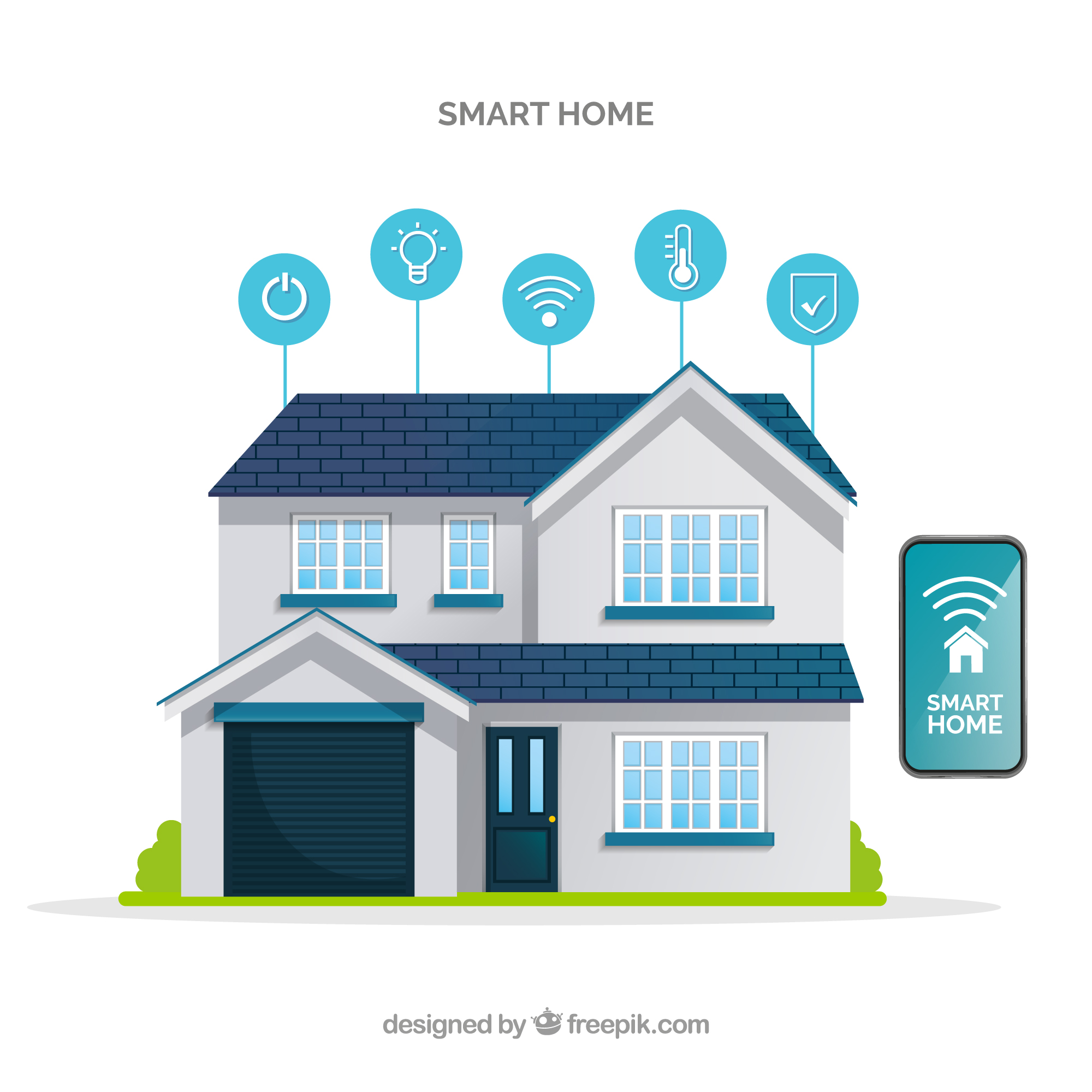Project Description
How an IOT Device Security Platform built for a Silicon valley startup helped it’s clients protect their homes
About the Customer:
The Client is an IT startup in Silicon Valley USA who wanted to build a Smart IOT Security application for it’s huge consumer base.
Problem:
The customer wanted to build a robust end-to-end application, an IoT Device Security Platform primarily for home use. The platform had to detect different devices and take action to avoid any chances of security compromise. Through the application, the user could protect their house and take the right action at the right time.
Smartcloud Approach
Working with the Founder team in Silicon Valley USA, a 6 member SmartCloud team comprising Python developers, Angular developers, Java developers, and Automation QA built an IOT device security platform.
The Application’s IOT device security application was hosted on MQTT message queue Mosquitto. It securely read the user data from the MQTT queue, storing the data in a MySQL or Influx database, and displayed charts.

SmartCloud Solution
The application had various user-based features such as full user registration, user deactivation and support for lost passwords, etc.
For each IOT device detected by the ESP32, the application showed the following details and also allowed the user to take appropriate action to avoid any chances of security compromise:
- Ad Servers Contacted, DNS Queries, Data Traffic, Domains in Malware Blocklists, Domains in Adware Blocklists, destinationip is from knowing DGA, destination IP is not on Cisco’s top 1000000 list of popular sites, the destination is not on Cisco’s Phish Tank.
- A chart that shows bandwidth consumption. Compare source and destination URLs against known malware lists.
- Scan all devices for common open ports and inform the user if they are open.
- It could check if someone is using a known backdoor to access an IOT device.
SmartCloud teams worked closely with Cisco US and India teams for over 8 months on a very large and varied data set.
- SmartCloud team used numerous data normalization and standardization techniques (mostly rule-based and deterministic), to bring the Customer Master Data to a standard form and acceptable level of quality.
- SmartCloud team fine tuned the algorithms to make the solution generic enough.
- In the entire process various classical machine learning techniques were used to automate data preparation and metadata generation.
- Multiple algorithms were tried and the best one was chosen catering to the given data-set.
Outcome
- The application built for users could help them protect their homes even they were not at home.
- The user could take the right action at the right time in case of any security breach.
- All the functions were pre-defined and automated.

Conclusion
SmartCloud Customer Master Data Management platform works efficiently with high accuracy levels for different types of Customer Master Data schemas across different geographies, customers and verticals
Advantages of the SmartCloud Master Data Platform
The SmartCloud Master Data Platform has the following advantages:
- 33% Cost Optimizations
- 14% Efficiency Improvements
- Quality Enhancements
Let’s improve patients’ lives and reduce administration costs. Connect with us to know more
